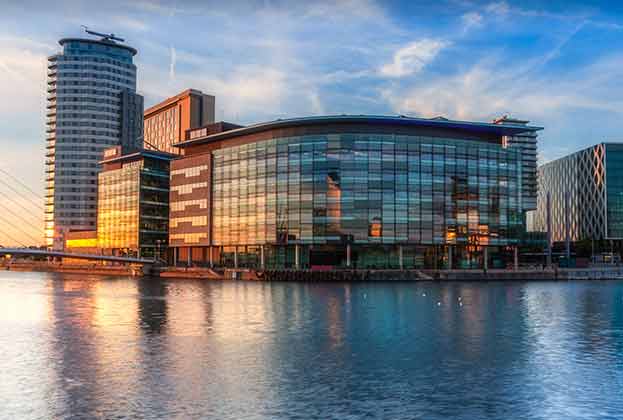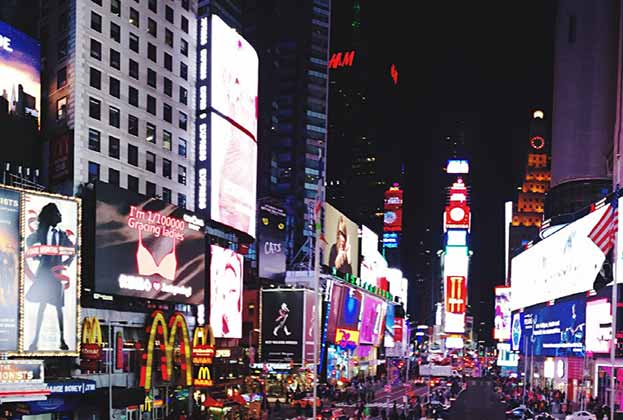The globalisation of media is propelling emerging hubs up the rankings
As the location of Hollywood and the centre of the US film industry with many film and music company headquarters, it is unsurprising that Los Angeles claims the top spot in this analysis. New York City and London, with their depth of creative talent, demand for entertainment, and relatively robust programme of government incentives, finished second and third respectively.
Fourth in our rankings, Atlanta is home to one of the largest film studios outside of LA. It is also the city of CNN, Turner Broadcasting, and a thriving music scene. Generous tax incentives from the state government have helped draw film and television production to the city, and the reputation of the city as a hub of music production has boosted the city’s profile.
Mumbai comes seventh in the Media Cities rankings. The strong influence of Bollywood, its large population in entertainment and tech employment, and its concentration of arts and culture facilities propel it up the list.
A global hub for the music industry, particularly K-pop, Seoul is a city which has dominated conversations in recent years. From international sensations like BTS and Blackpink to groups with more local and regional popularity and an exploding film and television production industry, Seoul is a city on the rise.
Auckland is one of the smallest cities to feature on our list. Though the city ranks 19th because of its relatively small population and relatively low demand for entertainment, the market is a heavy hitter for film and television production. What the city lacks in terms of population size, it more than makes up for in the volume and calibre of projects produced in Auckland and in New Zealand as a whole. From Lord of the Rings to Avatar to The Last Samurai, the otherworldly beauty of New Zealand will continue to draw projects to Auckland and its surrounds.
Analysis categories
- Access to creative talent: high numbers of arts students, creative industries employment, and general working age populations give cities an advantage in this category.
- Demand for entertainment: production of media is key, but demand for media has to match the supply. Cities with increased numbers of theatres, cinemas, creative festivals, and levels of recreational spending scored well in this category. While the Covid-19 pandemic may lead to the closure of some venues, previous performance is an indicator of the likelihood of long-term survival and future demand.
- Government incentives: offering tax incentives and rebates for film, television, music, and other media is one of the largest factors for media companies when choosing a location for production.
- Cost of living and working: cities with lower cost of living and lower costs for prime office space will have greater appeal and financial incentives than more costly cities.
Note: A larger number of indicators feed into access to creative talent and demand for entertainment. Fewer indicators include government incentives, and the categories are weighted accordingly.
Read the articles within Report: Media Cities below.
.jpg)




